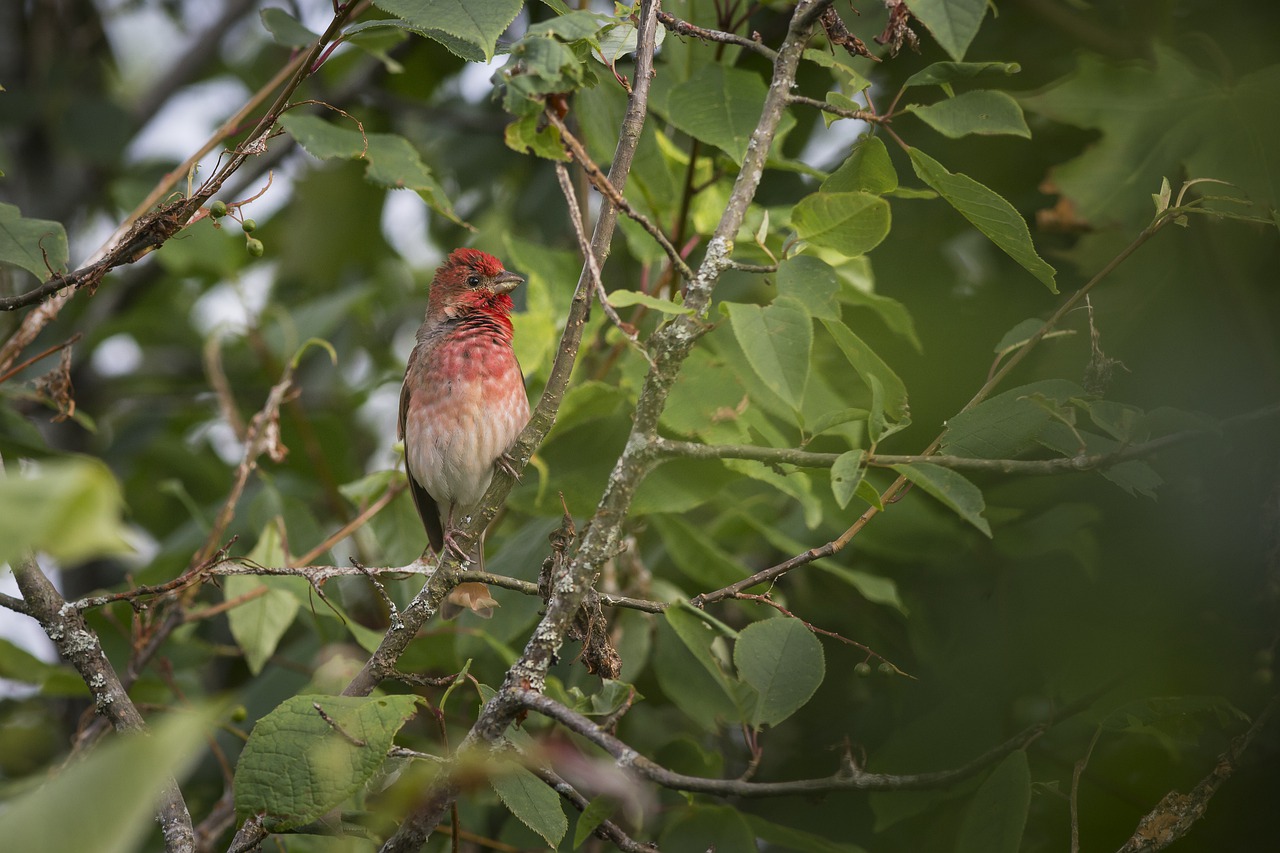Biometry and sex determination in the Scarlet Rosefinch Carpodacus erythrinus using size and form of the cloacal protuberance
DOI:
https://doi.org/10.34080/os.v6.22985Keywords:
bird ringing, bird banding, sexual dimorphism, breeding biology, age differences, agingAbstract
The Scarlet Rosefinch Carpodacus erythrinus was studied in a Swedish west coast area in 1988—1995 in order to evaluate sex-related differences between subadult (2K, 2nd calendar year) males and females (2nd calendar year or older). Biometric examination included weight, wing length, and height, diameter and form of the cloacal protuberance. Subadult "green" males lack the red colour of older males, and are very difficult to separate from females . We found the cloacal protuberance in both "green" and "red" males to differ significantly from that of females of all ages. The cloacal protuberance in both "green" and "red" males was of the "bulbous" type. The size and the form of the cloacal protuberance changed during the breeding cycle. Subadult males had a less well-developed cloacal protuberance than adult males. Subadult males had a smaller protuberance at time of arrival than adult males. The protuberance in both groups of males regressed late in the breeding period. The height of the cloacal protuberance was found to give better sex separation than wing length with nearly no overlap between "green" males and females during the main breeding period. Mean wing length differed significantly between the sexes, but considerable overlap makes this feature unreliable for single individuals. No significant sex- or age-related difference in weight was found.
Downloads

Downloads
Published
How to Cite
Issue
Section
License
The copyright of each contribution belongs to the author(s), but all contributions are published under a Creative Commons license, so that anyone is free to share and reuse the contribution as long as the copyright holder is attributed.







